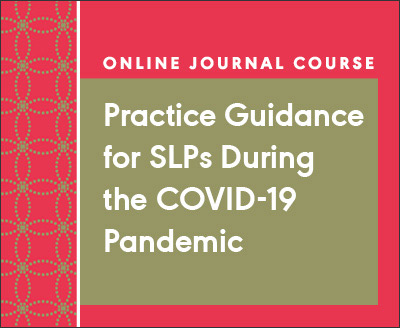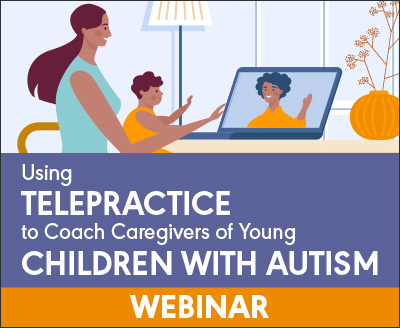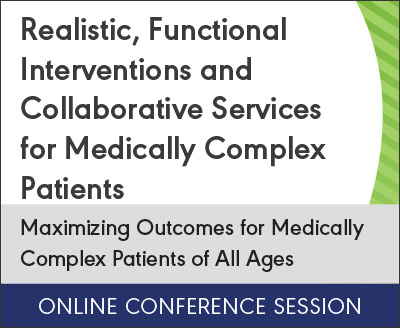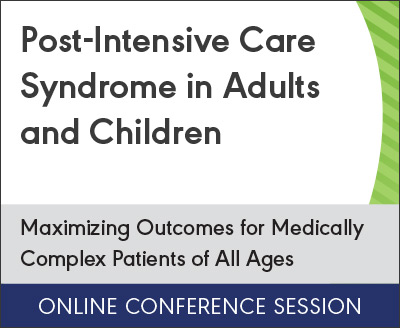Filter Courses By
Client Age
Course Format
- Additional Manual(s)
- Assessment Tests
- Audio CD and Manual
- Booklets and Brochures
- Conferences
- DVD
- eLearning
- eWorkshop
- Free Course
- In-Person Event
- In-service (online)
- Journal
- Journal (Print)
- Micro Course
- Multimedia
- On Demand Webinar
- On Demand Webinar (Group)
- SIG Perspectives
- Telephone Seminar
- Videotape
- Webinar
- DVD and Manual
- In-service (in person)
- Live Webinar (Individual)
- Streaming Audio
- CD
- Streaming Video
- Telephone Replay
- Additional Login(s)
- Laminated Handout
- Other
- Journal (Online)
- Audio CD
- Live Webinar (Group)
- Live Webinar
- SIG Perspectives and Exam
Instructional Level
[clear]
Language
SIG
- SIG 1, Language Learning and Education
- SIG 10, Issues in Higher Education
- SIG 14, Cultural and Linguistic Diversity
- SIG 19, Speech Science
- SIG 2, Neurogenic Communication Disorders
- SIG 20, Counseling
- SIG 3, Voice and Upper Airway Disorders
- SIG 4, Fluency and Fluency Disorders
- SIG 5, Craniofacial and Velopharyngeal Disorders
- SIG 6, Hearing and Hearing Disorders: Research and Diagnostics
- SIG 7, Aural Rehabilitation and Its Instrumentation
- SIG 2, Neurophysiology and Neurogenic Speech and Language Disorders
- SIG 8, Public Health Issues Related to Hearing and Balance
- SIG 3, Voice and Voice Disorders
- SIG 9, Hearing and Hearing Disorders in Childhood
- SIG 11, Administration and Supervision
- SIG 5, Speech Science and Orofacial Disorders
- SIG 12, Augmentative and Alternative Communication
- SIG 6, Hearing and Balance Sciences: Research and Clinical Applications
- SIG 13, Swallowing and Swallowing Disorders (Dysphagia)
- SIG 14, Communication Disorders and Sciences in Culturally and Linguistically Diverse (CLD) Populations
- SIG 15, Gerontology
- SIG 16, School-Based Issues
- SIG 17, Global Issues in Communication Sciences and Related Disorders
- SIG 18, Telepractice
- ACC, Audiology Coordinating Committee
Topic Area
- Assessment, Amplification, and Audiologic Rehabilitation
- Audiology
- Augmentative and Alternative Communication (AAC)
- Autism and Developmental Disorders
- Cochlear Implants
- Cochlear Implants and Auditory Processing
- College and University
- Communication Disorders
- Cultural Responsiveness
- Fluency
- Hearing, Hearing Loss, and Balance
- Language and Literacy
- Leadership Academy Courses
- Multicultural Issues
- Neurogenic Speech and Language
- Practice Management
- Reimbursement and Medicare
- School-Based Issues
- Service Delivery and Practice Management
- Speech and Voice Disorders
- Swallowing Disorders
- Audiologic Rehabilitation and Treatment
- Careers
- CAPD
- Coding and Payment
- Vestibular
- Tinnitus
Type
Results 101 - 110 of 209









